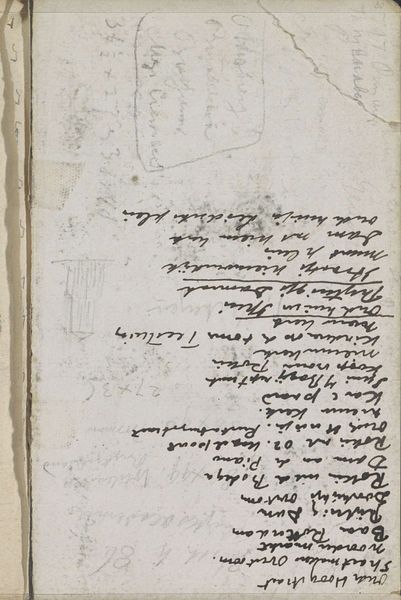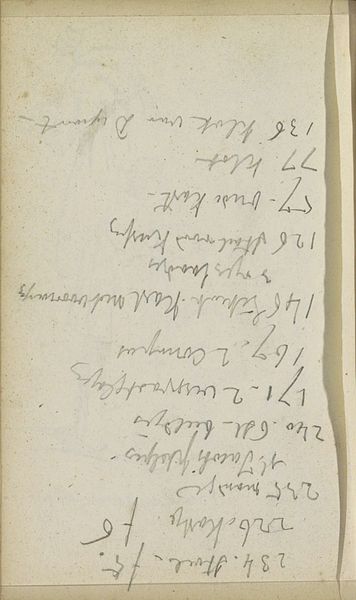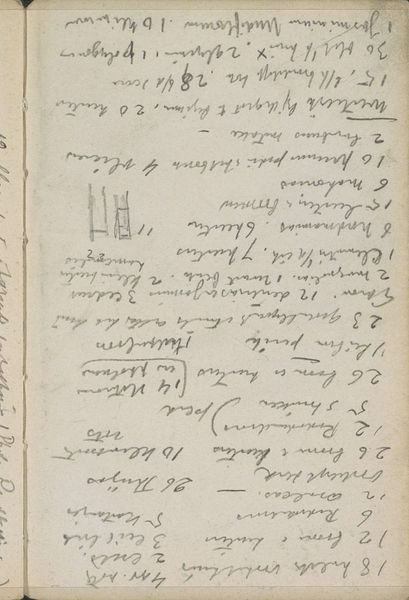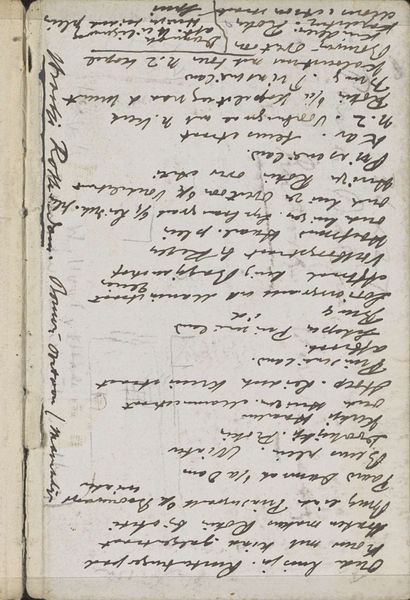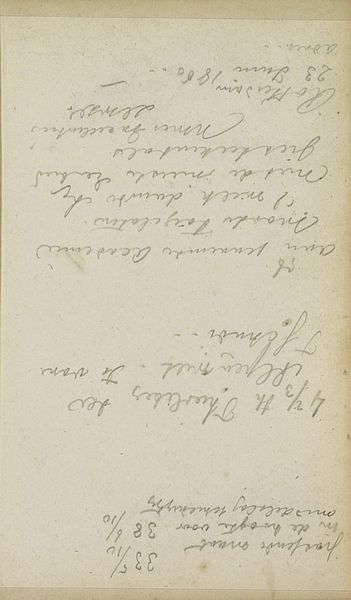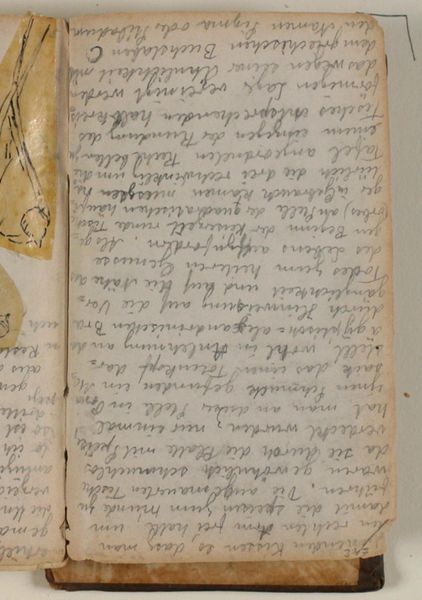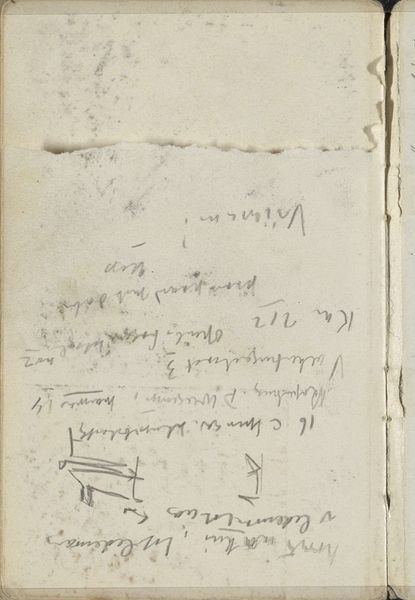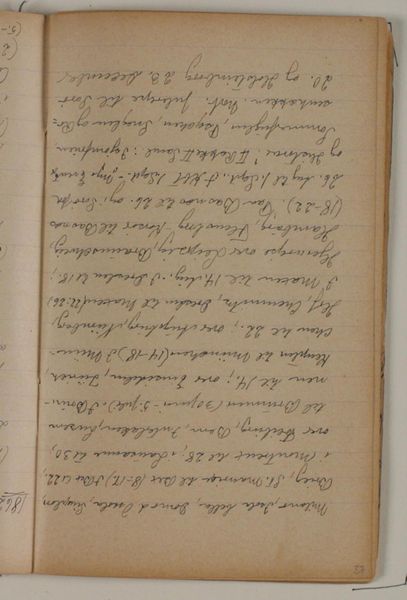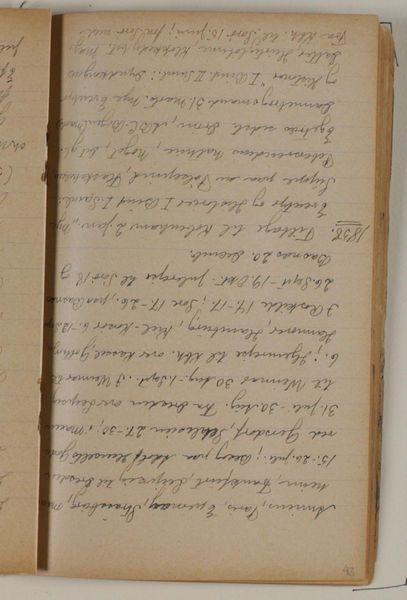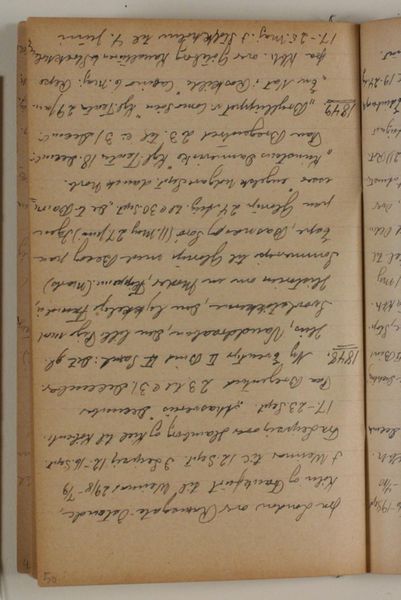
drawing, paper, graphite, pen, charcoal
#
drawing
#
hand written
#
hand-lettering
#
dutch-golden-age
#
impressionism
#
hand drawn type
#
hand lettering
#
paper
#
personal sketchbook
#
hand-written
#
hand-drawn typeface
#
pen work
#
graphite
#
sketchbook drawing
#
pen
#
charcoal
#
sketchbook art
Copyright: Rijks Museum: Open Domain
Editor: Here we have "Annotaties," created between 1883 and 1885 by George Hendrik Breitner. It’s a drawing using graphite, charcoal, and pen on paper, currently residing in the Rijksmuseum. What strikes me is the casual, almost frantic, nature of the handwriting. It feels very personal, like a peek into the artist's thoughts. What do you make of it? Curator: For me, it’s all about process. This sketchbook page, this "Annotaties," reveals Breitner's labor. He's using accessible, almost disposable materials—pen, graphite, paper—to capture fleeting observations. It's less about the final image and more about the act of recording, a kind of material thinking. We need to consider what was readily available for an artist at that time, the paper quality, pen type. How might the availability or cost impact Breitner's way to record data through this medium? Editor: That's a fascinating point. I hadn’t really considered the limitations that would impact him. Curator: Precisely. Look at the pressure of the pen, the quick, almost erratic lines. These choices reflect both the materials available to him and also reflect on Breitner as a working artist trying to catch the quickly changing urban scenes of Amsterdam. Breitner uses a rather ubiquitous format of paper and drawing to almost instantly record lived experiences around him. Editor: So, seeing this not as a refined drawing but a record of process and how materiality may influence process can allow you a more close, almost personal reflection with this page. Thanks for highlighting this today! Curator: And for you pointing out how casual the page first seemed; materiality allowed casual to come into creation!
Comments
No comments
Be the first to comment and join the conversation on the ultimate creative platform.
